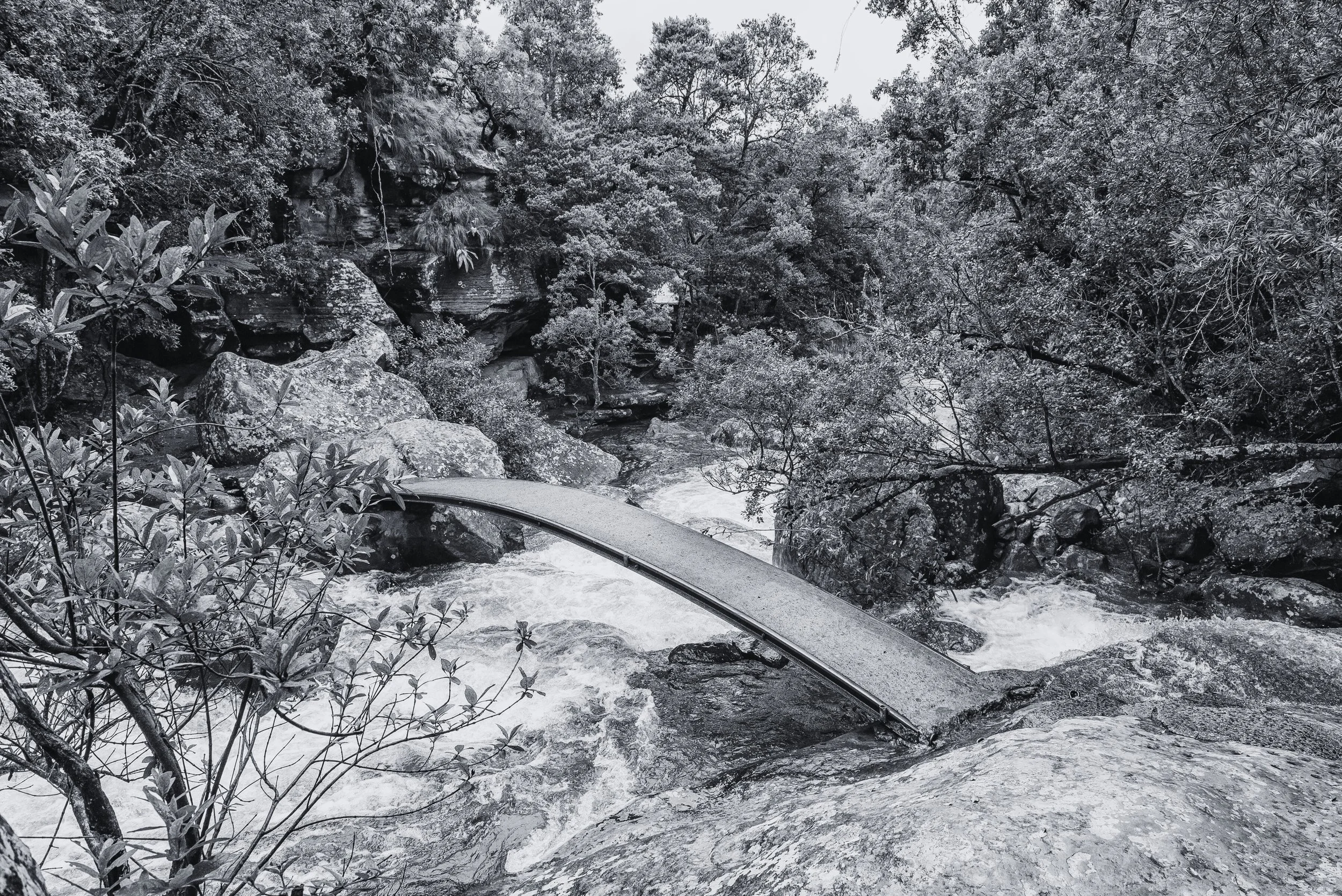How We Work
The Five R’s
Our services are designed to address the hidden sources of friction in your organization, transforming them into opportunities for flow.
What we offer isn’t a static set of modules, it’s a guided partnership where we co-investigate what’s working, what’s stuck, and what needs to emerge. We adapt the pace and focus as real issues surface, blending structured tools with open conversations and shared reflection. Everything is shaped in the context of your organization’s mood, language, stories, and relationships. To do this, we’ve developed a process we call ‘The Five R’s.’
-
ROOT
See how work happens
We trace decisions, handoffs, and hidden workflows across boundaries, exposing where things flow and where they snag. -
REVEAL
Surface the real drivers
We bring unspoken patterns, resistances, and workarounds into the open, turning hesitation and friction into usable data. -
REALIGN
Design solutions that fit
We co-create practical shifts with your teams, tested in real time, shaped by your culture, not a template. -
RUN
Test, calibrate, embed
We roll changes out safely, iterate quickly, and measure adoption as it happens, so what works, sticks. -
RELINQUISH
Build independence
We hand over the tools, confidence, and capability for you to sustain progress long after we’re gone.

What We Hear from Leaders
-
AI & Automation Backfires
AI tools launched but customer experience suffers.
Leaders chasing AI without leadership readiness.
-
Tools Don’t Fit the Work
Teams fighting with new products or data tools.
Small business implementations failing adoption.
-
Change Fatigue & Burnout
Operations groups caught between expectations and human pace.
Teams overwhelmed not by speed, but by mismatch.
-
Cookie-Cutter Consulting Disappointment
Ad-hoc consulting that’s reactive, not bespoke.
One-size-fits-all frameworks missing reality.
-
Customer Care Misalignment
Workflows that force instead of fit.
Transformations falling flat because leaders miss team flow.
-
Pressure Points in Ops & Finance
Tech and finance racing ahead without supportive patterns.
Operations leaders facing disruption without adaptive systems.
How We Help in Practice
-

Case Study 1: From Resistant Tech Rollout to Confident Adoption
What We Noticed
A CRM launch left adoption stalled. Teams were improvising spreadsheets and workarounds, while leaders labeled it “resistance.” Beneath the surface, decision flows were unclear and handoffs broke down.
What We Revealed
The real issue wasn’t reluctance to change. It was misaligned flows: system design ignored how people actually worked, processes clashed with client identification and leaders misread signals as defiance rather than data.
How We Worked Together
We mapped friction zones across people, process, and system flows. Through open forums and shop-floor pilots, teams tested adjustments and provided feedback on what stuck or slipped. Leaders recalibrated communication rhythms to reflect how decisions were really made.
What Shifted
Adoption rose from 38% to 89% in six months. Work felt smoother—handoffs simplified, processes matched daily routines. More importantly, leaders reframed “resistance” as insight, building capacity to treat signals as guides instead of threats.
-

Case Study 2: Rebuilding Cross-Functional Collaboration
What We Noticed
After a merger, two teams operated like separate islands. Handoffs stalled, trust had eroded, and projects repeatedly collapsed at boundaries.
What We Revealed
The blockers weren’t technical—it was cultural and structural misalignment. Each team carried its own unspoken rules, unofficial scoreboards, and unacknowledged resentments. Processes on paper didn’t reflect the lived dynamics at handoff points.
How We Worked Together
We convened both groups in workshops designed to surface the “unsaid.” Together, they built a shared process map and designed new rituals—peer-led retros, visible scoreboards, and ongoing coaching—to reestablish rhythm across the boundary.
What Shifted
Bottlenecks eased and trust began to return. Teams reported a 60% increase in collaboration effectiveness. Underneath the metrics, they built a new shared identity: less “us vs. them,” more “this is how we work now.”
-

Case Study 3: Turning Resistance into Systems Insight
What We Noticed
A nonprofit facing change fatigue found staff reluctant to voice concerns. Leaders interpreted silence as disengagement, while staff feared being blamed for slowing initiative.
What We Revealed
The real driver wasn’t apathy—it was emotional debt from past change cycles. Hesitation reflected fear of exposure, not lack of commitment. Without a safe way to surface signals, valuable insight was staying underground.
How We Worked Together
We created room for open conversations to uncover the emotional roots of hesitation. All staff co-designed changes, ensuring no “solution” was imposed from above. Leaders practiced vulnerability in recalibration sessions, showing that honesty was safe.
What Shifted
The organization built early-warning signals for future friction. Engagement rose as staff saw their voice shape decisions. Playbooks now included “signal tracking” steps, embedding the idea that resistance is information, not insubordination.

